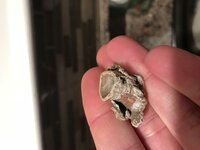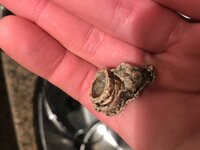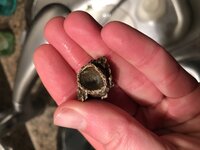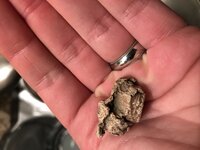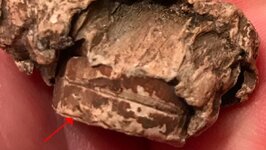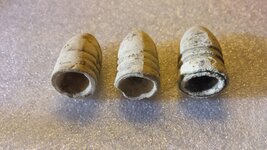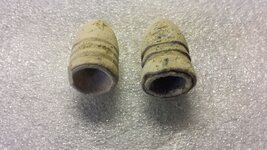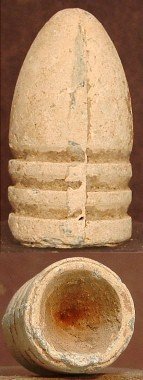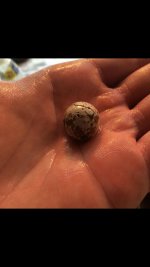Rdh5832
Greenie
- May 3, 2015
- 13
- 27
- Detector(s) used
- Bounty hunter fast tracker
- Primary Interest:
- Relic Hunting
I found this today in my backyard which saw heavy fighting during the civil war. I think it’s a bullet .. it’s solid lead and you can see rings like a mini ball? Am I right? I’m super excited and hope I am! Any feedback appreciated. Also anyone kno why it’s smashed? Did it hit its target?


